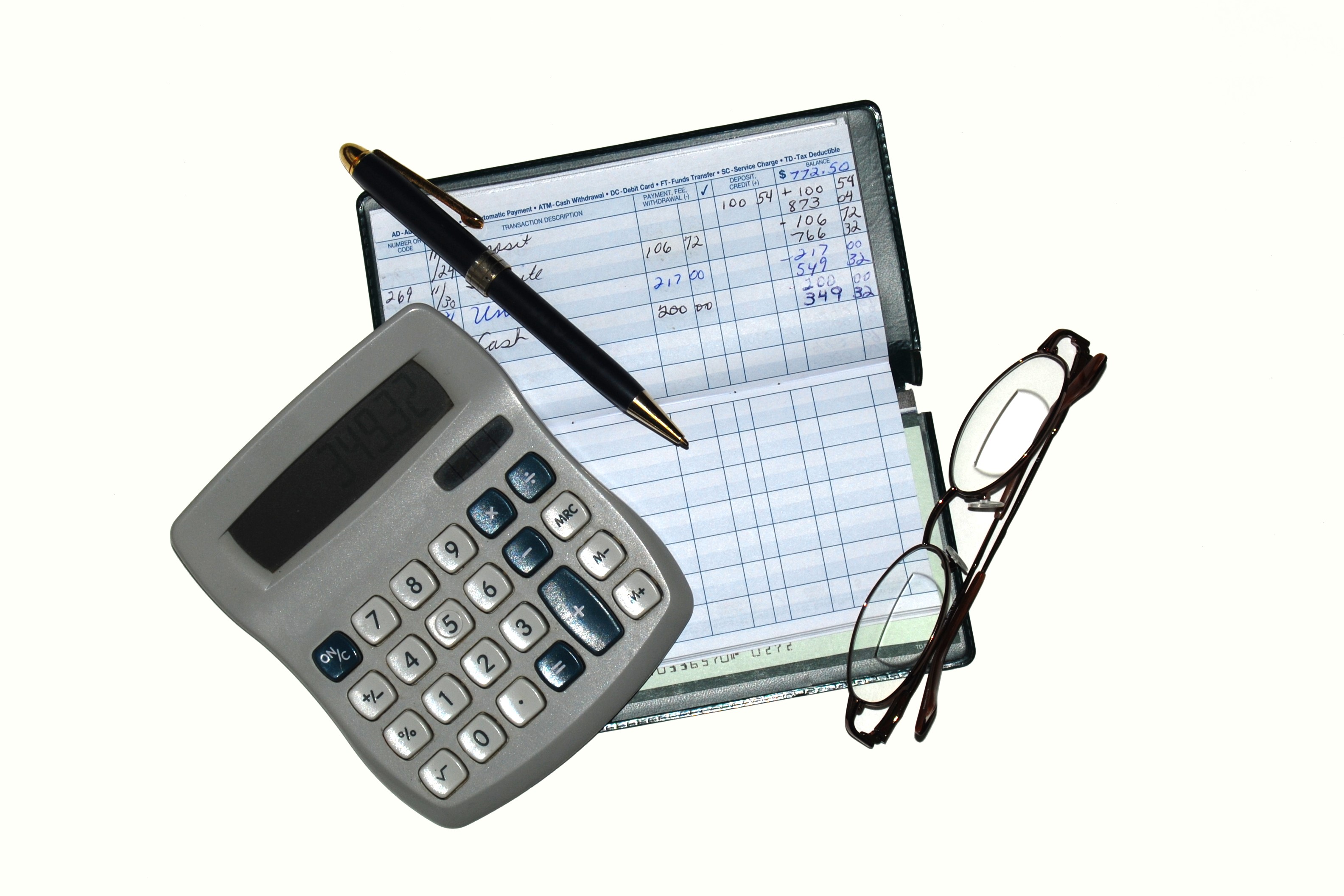AP Processes and Procedures: Creating an AP Procedures Manual
Accounts Payable or AP in short is a critical function for any organization. Quite often the procedure manuals are written, on a theoretical basis, and they do not reflect the actual process in the organization.
The Accounts Payable Network recently came across an article on this…
Happy reading:
————————————————————————-
When AnnMarie Bartolini, APS, Senior AP Analyst, started her job at FuelCell Energy, Inc. (Torrington, CT), she noticed a problem the first day of her training program. The written manual for the AP system did not match the actual steps employees were supposed to take.
“When AP implements a new system, it is often modified to fit that company’s needs,” she says. “Therefore, much of the manual that comes standard with the system is no longer valid.”
Remedying the Problem
Since the manual on how to operate the AP system didn’t correspond to what employees actually had to enter into the system, the AP staff had to rely on memory,” says Bartolini. There was no accurate resource they could refer to if they had to look up how to carry out a task.
Bartolini decided to remedy the problem. “As I was being trained by another analyst, I created a new ‘AP Position Manual’ so that anyone could step in by simply following the documented procedures,” she says.
Here are the steps she advises taking to create a manual:
Decide on the subject areas to be covered in the manual. “I started from the very beginning of the AP process, and covered everything from how to enter an invoice down to running all the reports that would be needed,” says Bartolini.
Read the full article at:
http://www.theaccountspayablenetwork.com/html/modules.php?name=Articles&file=article&sid=1970
—————————————————————————————————–
Disclaimer: The above article is in no manner the property of the FAO Blog or any of its authors, constituents or owner. It has been shared for our blog readers / followers and an appropriate link has been provided to the author’s / owner’s website, so that our readers can read the article at the source of publishing. We have shared only some lead text to assist our readers identify the nature of the article. The FAO Blog is in no way associated with the author / owner who published the article and does not claim any ownership on the article. We respect the intellectual property right of the author / owner. Any dispute for the segment shared on our blog may be sent to our email id: blogmasterfao@faoblog.com




